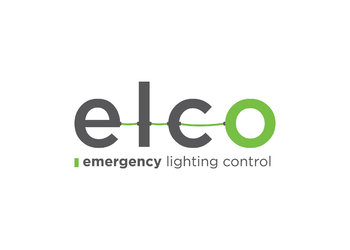REGULATIONS AND LEGAL REQUIREMENTS
REGULATIONS AND LEGAL REQUIREMENTS
There are legal requirements concerning the implementation and maintenance of emergency lighting products in Türkiye.
According to articles 72,73, and 84 of the “Regulation Concerning the Fireproofing of Buildings,” building authorities are responsible for the periodical testing, maintenance, and inspection of emergency lighting products in buildings where their usage is mandatory.
Responsible parties who breach the provisions stated in the regulation shall be tried according to article 5237 of the Turkish Penal Code or article 5236 of the Misdemeanours Bill, depending on whether their offence constitutes a crime or a misdemeanour.
Legal Basis and Regulations:
• EN 50172
• EN 1838
• Turkish RCFB (Regulation Concerning the Fireproofing of Buildings)
EN 50172: Emergency Lighting Systems
This European standard was approved and validated by CENELEC (The European Committee for Electrotechnical Standardisation) on 01.03.2004. It is also enforced in Türkiye. Products to be used for the purpose of emergency lighting must meet the technical specifications outlined in this standard. All tests, data records, reports, maintenance and repairs, and service tasks following installation of the Emergency Lighting System must be in accordance with this regulation.
EN 1838: Lighting Applications — Emergency Lighting
This European Standard outlines the rules for the application of Emergency Lighting Systems. It is enforced in Türkiye, and emergency lighting projects must be planned accordingly. The products to be used for the purposes of emergency lighting must meet the technical specifications detailed in this standard.
Turkish RCFB (Regulation Concerning the Fireproofing of Buildings) Article 1-(1)
The purpose of this regulation is to detail the methods and principles of the precautions, organisational activities, training, and inspections to be conducted for the purposes of minimising the chances of a fire during the design, building, management, maintenance, and utilisation of all buildings, structures, facilities, and establishments used by public institutions, private corporations, and individuals, and to ensure that fires which break out are extinguished in a manner that minimises the loss of life and property.
Duties, authority, and responsibility
Article 6-
(1) The duty, authority, and responsibility for implementing the provisions contained in this regulation rest with:
a) Administrative bodies with the authority to issue building permits,
b) Investment companies,
c) Building owners,
d) Employers or their representatives,
e) The architects and engineers involved in the design and application process, and contractors and manufacturers involved in implementation,
f) Advisors, consultants, project controllers, building auditors, and management officials.
(2) If active fire safety measures such as fire detection and extinguishing, warning, and emergency lighting systems fall short of the requirements, responsibility rests with the project owners if the project is deficient, faulty, or non-standard; however, if the building is deficient, faulty, or non-standard, then responsibility falls on the building contractor or the builder.
If a system’s failure to work properly can be ascribed to the managing company, then the managing company is held responsible. If fire safety systems were not installed or were installed in a sub-standard manner despite the fact that the building owner was notified of the requirements in writing, then the building owner will be held responsible.
(3) In the case of fire damage that occurs because the provisions contained in this regulation were not followed, the following will be held responsible, depending on culpability:
a) Building owners, employers, and employer representatives involved in construction,
b) Architects and engineers working on design, implementation, and audit processes,
c) Building auditors,
d) Contractors, manufacturers, and their advisors.



